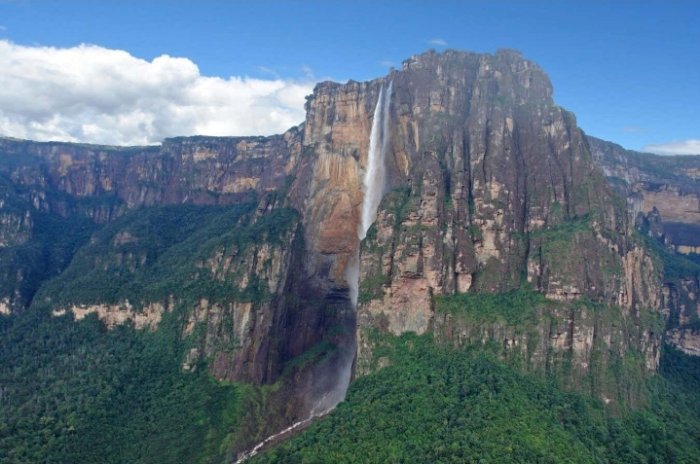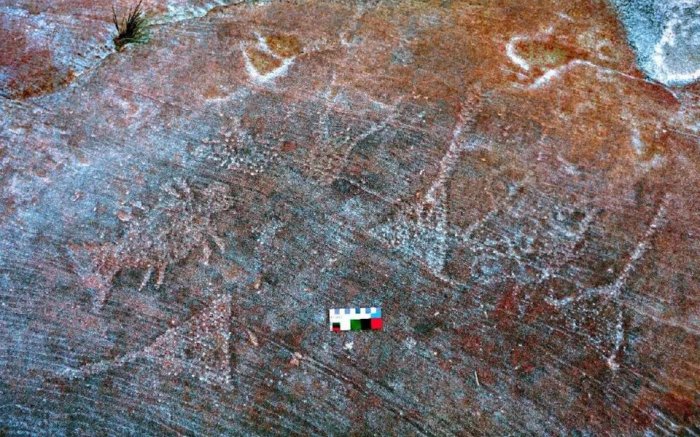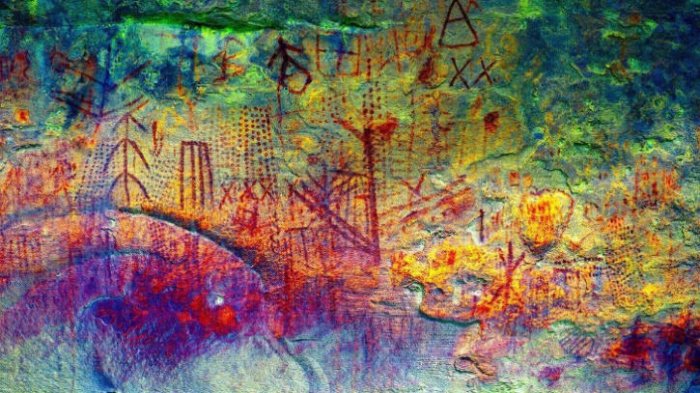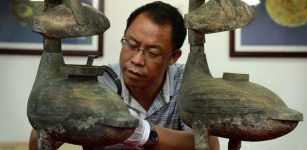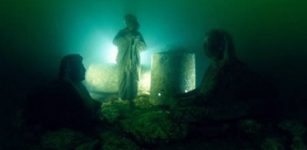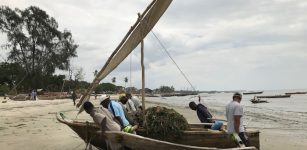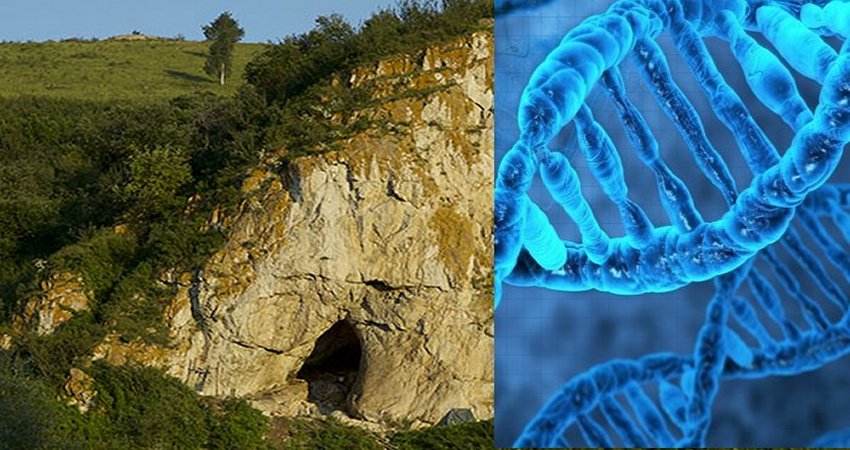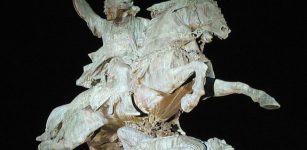Mysterious Rock Art By Unknown Ancient Culture Found In Venezuela
Jan Bartek – MessageToEagle.com – Recent archaeological findings in Venezuela have revealed potential evidence of a previously undocumented ancient culture. The discovery occurred in Canaima National Park, located in the country’s southeastern region. The archaeological team uncovered rock art estimated to be thousands of years old, though the purpose behind its creation remains uncertain.
Angel Falls is the world’s tallest uninterrupted waterfall. Credit: José Miguel Pérez-Gómez Universidad Simon Bolivar
The ancient designs provide valuable insights into the cultural practices of ancient South American inhabitants. Over 20 rock art sites are scattered throughout the forested highlands of Canaima National Park.
An archaeologist involved in the research has documented these sites adorned with intriguing geometric patterns. The age of these artworks is estimated to be several thousand years, significantly predating European arrival in the region.
Credit: José Miguel Pérez-Gómez Universidad Simon Bolivar
José Miguel Pérez-Gómez, a researcher from Simón Bolívar University in Caracas, Venezuela, has documented previously unrecorded rock art with the Indigenous Pemón community. This artwork represents a largely undisclosed cultural tradition. Pérez-Gómez recently presented evidence and findings about these remote sites at a rock art conference in Italy. The conference served as a forum for disseminating information about this significant archaeological discovery to the international scientific community. This research contributes to understanding the region’s Indigenous art and cultural practices, potentially offering new insights into historical and anthropological studies.
“We’re facing something totally new, something unpublished, something that has never been studied,” says Pérez-Gómez. “We’re just starting, but it’s very interesting because this is filling a gap in the region. Nobody ever thought Venezuela, in this part, had such a rich culture.”
Credit: José Miguel Pérez-Gómez Universidad Simon Bolivar
According to Pérez-Gómez, the pictograms and petroglyphs are approximately 4,000 years old. The rock art, executed in red pigment, features geometric patterns, including dotted lines, rows of X’s, star-shaped configurations, and interconnected straight lines. Additionally, the artwork depicts leaves, rudimentary human figures, and various other geometric designs.
Credit: José Miguel Pérez-Gómez Universidad Simon Bolivar
Credit: José Miguel Pérez-Gómez Universidad Simon Bolivar
Credit: José Miguel Pérez-Gómez Universidad Simon Bolivar
While the location and shapes of the artwork have been documented, archaeologists report limited knowledge regarding the creators or the significance of the rock art. Previous studies have not identified evidence of human activity in the region, suggesting that the art may have been produced by a previously undocumented civilization.
Some researchers have noted similarities between these paintings and rock art in South American countries such as Brazil, Colombia, and Guyana. However, the artwork also indicates the emergence of a distinct cultural group previously unknown to researchers.
See also: More Archaeology News
Pérez-Gómez stated, “It is almost impossible to get into the minds of people living so many years ago.” Nevertheless, he added that these signs undoubtedly held ritual significance. The various depictions may relate to themes such as birth, illness, natural cycles, or successful hunting expeditions. The locations where the rock art was created likely held specific meaning and importance within the landscape, analogous to the significance of religious structures in contemporary society.
Written by Jan Bartek – MessageToEagle.com – AncientPages.com Staff Writer

